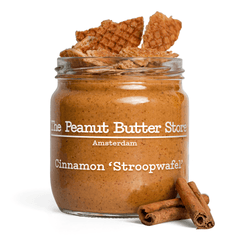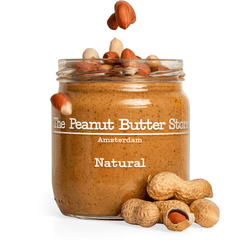September 13th is Peanut Day!
It’s time to shine a spotlight on our favorite plant: the peanut plant. Let's take a closer look at how this plant produces the peanuts we love.
The Simple Process of the Peanut Plant
Like every plant, the peanut plant starts from a seed in the ground. After two weeks, it sprouts into a small plant with yellow flowers, and once pollinated, pods with peanuts begin to grow underground. Eventually, the peanuts we know and love emerge. Harvesting these peanuts is a labor-intensive process. Once the pods are ripe, they are carefully hand-dug from the ground. Afterward, the pods are dried and cleaned to separate the peanuts from the rest of the plant.
Fun fact: “Did you know that peanuts aren’t actually nuts? They belong to the legume family!”
From Peanut Plant to Peanut Butter
After the pods are harvested, the peanuts are removed from their shells. Then, they’re roasted and ground into peanut paste. We don’t add any unnecessary ingredients to our peanut paste — just a touch of coconut oil and sea salt for the best taste and smooth texture. No palm oil here! Our peanut butter is a super healthy snack, packed with great nutrients. It’s handmade with love, so each jar is unique.
The Benefits of Peanuts (and there are many ;-))
-
The peanut plant is sustainable! It needs very little water and is a zero-waste plant. After harvest, not only are the peanuts used, but the plant itself is ground up and used as feed for livestock. Even the shells are used to make fuel.
-
Peanuts are super healthy! They’re packed with protein, healthy fats, and dietary fiber. They also contain important vitamins and minerals.
-
Peanuts can help lower cholesterol levels.
-
You can make peanut butter with them. The best sandwich spread!



